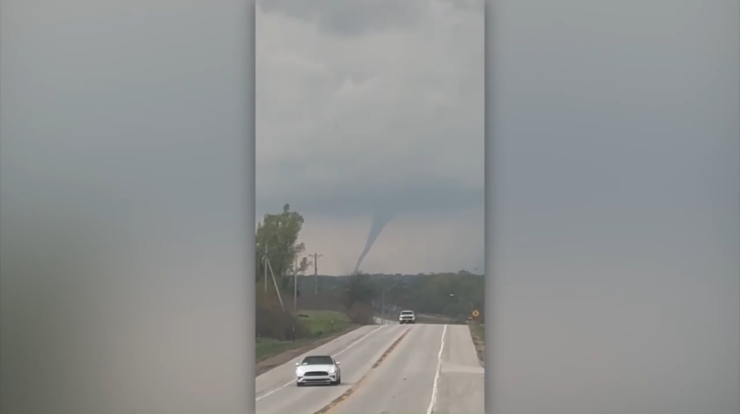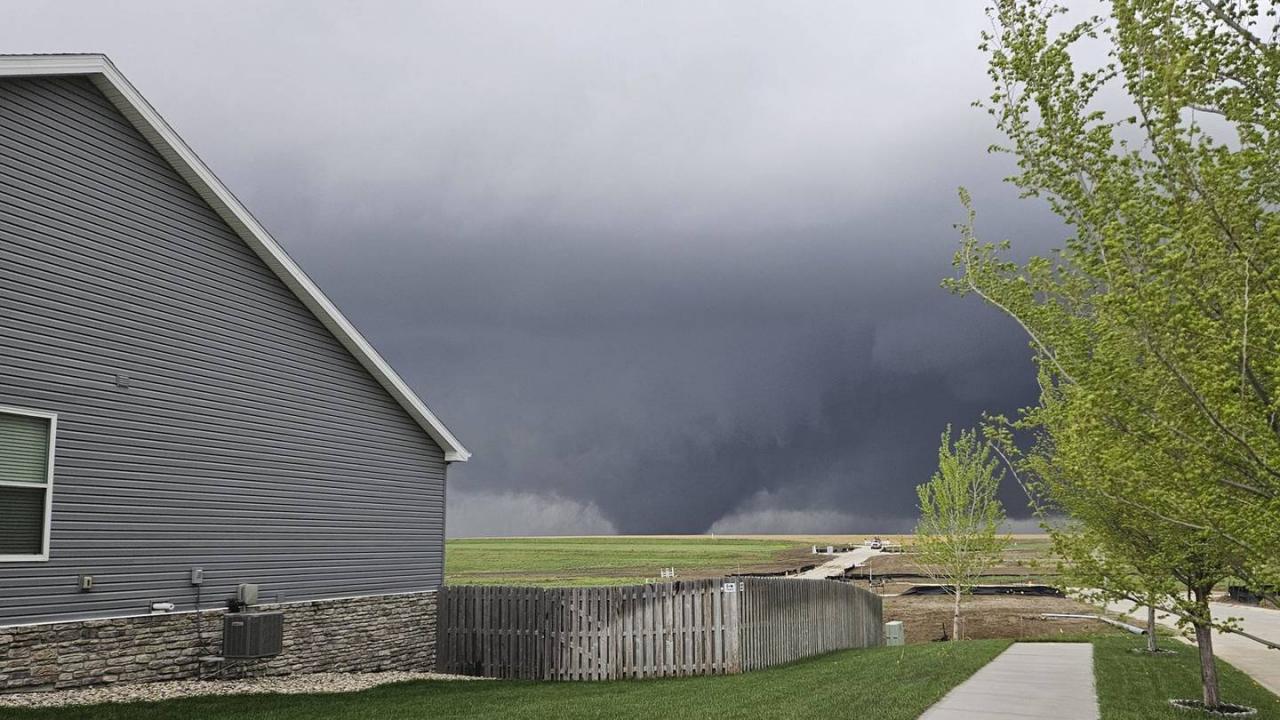
Tornado damage omaha – Tornadoes have left an indelible mark on the landscape of Omaha, Nebraska, leaving behind a trail of destruction and resilience. This article delves into the devastating impact of tornadoes on the city’s infrastructure, the community’s response, and the lessons learned for future preparedness.
Omaha has a long and unfortunate history of tornado activity, with numerous severe storms causing widespread damage over the years. The frequency and severity of these events have taken a significant toll on the city’s buildings, homes, and economy.
Tornado Damage in Omaha: Overview
Tornadoes have been a persistent threat to Omaha throughout its history. The city’s location in Tornado Alley, a region of the central United States with a high frequency of tornadoes, makes it particularly vulnerable to these destructive storms. Tornadoes have caused significant damage to Omaha on numerous occasions, resulting in loss of life, injuries, and extensive property damage.
The frequency of tornadoes in Omaha varies from year to year, but the city typically experiences several tornadoes each year. The most active months for tornadoes in Omaha are May and June, although tornadoes can occur at any time of the year.
The severity of tornadoes also varies, with some tornadoes causing only minor damage while others result in catastrophic destruction.
According to the National Weather Service, Omaha has been hit by at least 50 tornadoes since 1950. Some of the most notable tornadoes in Omaha’s history include the 1975 Omaha tornado, which killed 3 people and injured 133, and the 2014 Elkhorn tornado, which killed 2 people and injured 23.
Impact of Tornado Damage on Infrastructure

Tornadoes can cause significant damage to buildings and homes. The high winds associated with tornadoes can rip off roofs, collapse walls, and shatter windows. Tornadoes can also cause structural damage to bridges, power lines, and other infrastructure.
The economic costs associated with tornado damage to infrastructure can be substantial. In the case of the 1975 Omaha tornado, the damage was estimated to be in the millions of dollars. The 2014 Elkhorn tornado also caused millions of dollars in damage to infrastructure.
- Structural damage:Tornadoes can cause a wide range of structural damage to buildings, including roof damage, wall collapse, and window breakage. The severity of the damage depends on the strength of the tornado and the type of building construction.
- Economic costs:The economic costs of tornado damage to infrastructure can be significant. The costs can include the cost of repairing or replacing damaged buildings, bridges, and power lines, as well as the cost of lost productivity and business interruption.
Tornado Damage and Community Resilience

The Omaha community has a long history of responding to tornado damage with resilience and determination. In the aftermath of a tornado, the community comes together to help those who have been affected. Volunteers often help with cleanup efforts, and local businesses and organizations often donate food, clothing, and other supplies to those in need.
The Omaha community has also taken steps to mitigate the impact of tornadoes. The city has adopted building codes that require new buildings to be constructed to withstand high winds. The city also has a tornado warning system that alerts residents to approaching tornadoes.
- Response of the Omaha community:The Omaha community has a long history of responding to tornado damage with resilience and determination. In the aftermath of a tornado, the community comes together to help those who have been affected.
- Role of community resilience:Community resilience is the ability of a community to withstand and recover from a disaster. In the case of tornadoes, community resilience can help to reduce the impact of the storm and to speed up the recovery process.
Tornado Preparedness and Mitigation
There are a number of things that Omaha residents can do to prepare for tornadoes and to mitigate their impact.
- Have a tornado safety plan:Every household should have a tornado safety plan that includes a designated safe place to go in the event of a tornado warning. The safe place should be a sturdy building with a basement or an interior room on the lowest floor.
- Use tornado shelters:Tornado shelters are underground structures that are designed to protect people from tornadoes. Tornado shelters can be installed in homes, schools, and businesses.
- Early warning systems:Early warning systems can provide residents with valuable time to take shelter before a tornado strikes. Omaha has a tornado warning system that alerts residents to approaching tornadoes.
Case Study: Notable Tornadoes in Omaha: Tornado Damage Omaha
Omaha has been hit by a number of notable tornadoes throughout its history. Some of the most notable tornadoes include:
| Tornado | Date | Damage | Deaths | Injuries |
|---|---|---|---|---|
| 1975 Omaha tornado | May 6, 1975 | $25 million | 3 | 133 |
| 2014 Elkhorn tornado | June 16, 2014 | $20 million | 2 | 23 |
Tornado Damage and Environmental Impact
Tornadoes can have a significant impact on the environment. The high winds associated with tornadoes can uproot trees, damage crops, and pollute the air and water.
Tornadoes can also cause environmental problems by spreading invasive species. Invasive species are non-native plants or animals that can outcompete native species for resources. Tornadoes can spread invasive species by carrying them from one area to another.
- Vegetation damage:Tornadoes can cause significant damage to vegetation, including trees, crops, and grasslands. The high winds associated with tornadoes can uproot trees, break branches, and shred leaves.
- Wildlife impact:Tornadoes can also have a negative impact on wildlife. The high winds associated with tornadoes can kill or injure animals, and the destruction of habitat can make it difficult for animals to survive.
- Air and water pollution:Tornadoes can also pollute the air and water. The high winds associated with tornadoes can pick up dust, debris, and chemicals, and carry them long distances. This can lead to air and water pollution, which can harm human health and the environment.
Last Recap
The resilience of the Omaha community has been tested time and again by tornadoes, but each time, the city has emerged stronger. The lessons learned from past events have helped improve preparedness measures, strengthen infrastructure, and foster a sense of community that works together to overcome adversity.
Key Questions Answered
How frequently do tornadoes occur in Omaha?
Omaha is located in Tornado Alley, a region of the United States that experiences a high frequency of tornadoes. The city averages about one tornado per year.
What is the most severe tornado that has hit Omaha?
The most severe tornado to hit Omaha was the June 3, 1975 tornado, an F4 tornado that killed 3 people and injured 132.
What are the most common types of tornado damage in Omaha?
The most common types of tornado damage in Omaha are structural damage to buildings and homes, downed trees and power lines, and debris scattered across the city.





